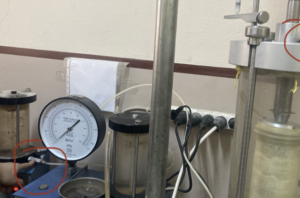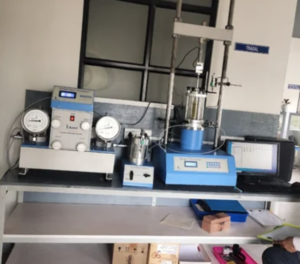Look, I didn’t wake up planning to expense condoms to the geotech lab. But when budgets squeak and membranes burst, you get… creative. Here’s the candid, technical, slightly cheeky guide you were hoping someone else would write.
Wait… Condoms in a Geotechnical Lab? Yes, You Read That Right!
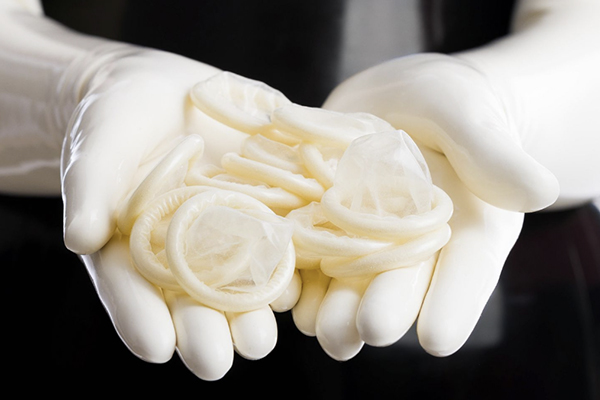
Engineers have a proud tradition of using the wrong tool correctly. Unlubricated latex1 condoms are essentially thin, elastic, cylindrical sleeves2 with great tear resistance and—key point—mass-produced quality control3 at a price that makes procurement say “approved” before you finish the sentence.
- Shape: seamless tube → easy sleeve, minimal longitudinal seam artifacts.
- Elasticity: stretches to hug the specimen without pleats (bye, side-wall bypass).
- Availability: aisle 6. And the internet. In bulk. Today.
- Cost: a fraction of specialty membranes; ideal for pilots, teaching labs, or “the courier lost our membranes” emergencies.
Translation: No romance. Just physics, elasticity, and unit price.
The Science Behind the Substitution: Latex Is Latex
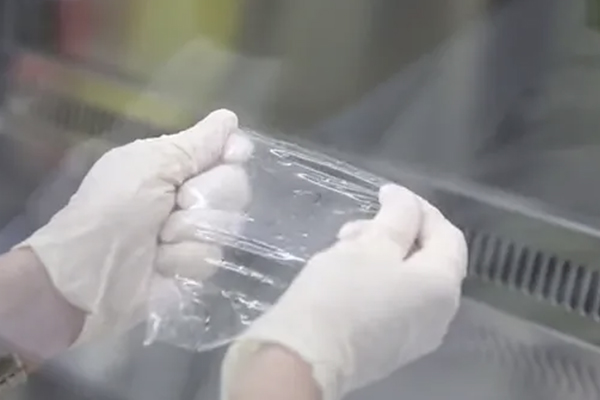
A triaxial membrane’s job is simple: seal the specimen4 and track radial strain with minimal force contribution. Good condoms (the unlubricated, non-spermicidal kind) are made of natural latex1 with:
- High elongation → conforms tightly to soils from soft clays to dense sands.
- Thin wall (often ~0.05–0.08 mm)* → low “membrane stiffness5” so your small-strain modulus isn’t faked.
- Uniform tube → fewer thickness gradients than hand-cut sheet and taped seams.
*Thickness varies by brand and model. Thinner is usually better for measurement, up to the point where durability suffers—more on that below.
Membrane mechanics in 20 seconds
- Too thick/hard → adds parasitic confinement → overstated stiffness, muted dilation.
- Too loose → folds → side-wall flow path (k test lies) and wrinkly stress paths.
- Snug + thin → honest effective stress6 and permeability, fewer retests.
Lab-Tested (and Maybe Giggle-Tested): How Engineers Use Them in Practice
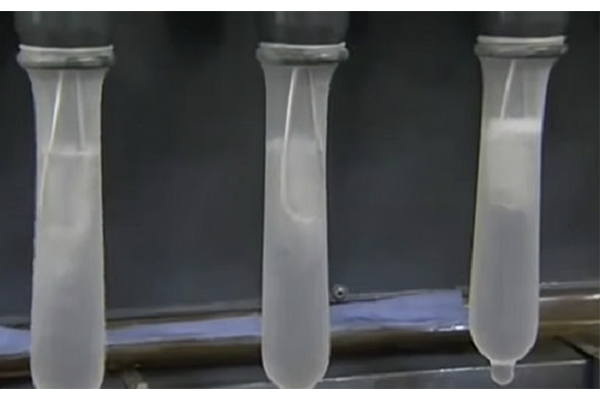
Yes, there’s an SOP. No, HR doesn’t need to read it.
1) Choose the right ones
- Unlubricated / “dry”: no silicone, no flavors, no textures (save those for… never).
- No spermicides: chemical additives can mess with soils and stones.
- Nominal width that matches your diameter (see quick guide below).
2) Size mapping (rule-of-thumb)
| Specimen Ø (mm) | Condom nominal width (flat, mm) | Notes |
|---|---|---|
| 35–38 | 49–52 | Stretches smoothly, minimal folds |
| 50 | 52–56 | Pick tighter end of range for snug fit |
| 70 | 56+ (or use double-wrap from two sleeves) | May need careful stretch & trimming |
Nominal width is flat width; circumference ≈ 2 × flat width. Choose slightly undersized so elasticity gives a wrinkle-free seal.
3) Prep & hygiene
- If the “dry” model still has powder, rinse with deionized water and air-dry; powders can change interface behavior.
- Trim the reservoir tip cleanly (sharp scissors) to avoid a stress riser.
- For thin models, consider a double layer at the ends only (beneath O-rings) to reduce cut risk—leave the mid-span single layer for accuracy.
4) Mounting
- Roll onto a sleeve stretcher or use a membrane stretcher tube; roll down onto the specimen without twisting.
- Seat end caps, install fresh O-rings, and check for even compression.
- Run a 10–20 kPa hold for 2–5 minutes. Δp ≈ 0? Proceed. Any weep? Replace.
5) Test considerations
- For CU/CD triaxials, thin condoms behave like thin lab membranes: honest effective stress6 if you keep them snug.
- For flexible-wall permeability, watch side-wall flow: tighter fit = better truth.
- For very rough or angular specimens, use a thin sacrificial wrap7 (e.g., PTFE film band at the ends) before the membrane to avoid nicks.
6) Disposal
- Treat as contaminated lab waste (soil + fluids), not biomedical. Label the bin unless you enjoy facility emails.
Cheap, Available, and Surprisingly Reliable—But Not Without Limitations
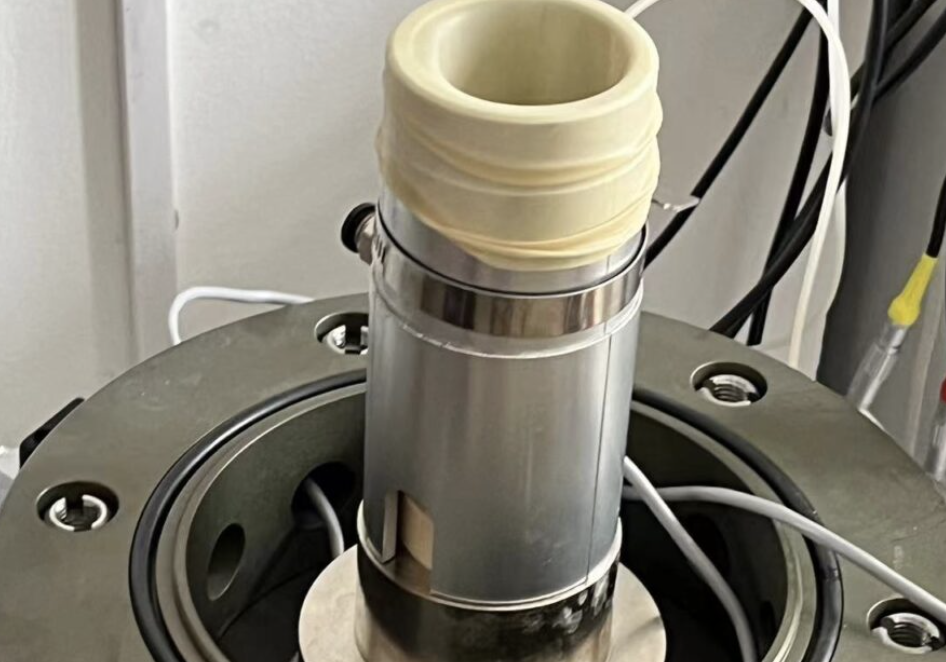
They work—but they’re not magical. Know the trade-offs.
What’s great
- Cost per test can drop by an order of magnitude vs specialty membranes.
- Ridiculously available: no waiting for the one supplier who ships quarterly.
- Elastic, seamless tube is genuinely good mechanics for small diameters.
What to watch
- Additives: avoid lubricated, spermicidal, flavored, or textured variants (contamination, variable friction).
- Thickness variability: consumer QC is good, but not metrology-grade; water-fill pinhole check takes 30 seconds and saves hours.
- Length & geometry: standard unrolled length may be short for tall H/D; plan your trim and O-ring zones.
- High pressures: at very high σ₃ or long holds, thin walls can creep; step up to thicker specialty membranes or double-sleeve strategy.
- Chemical compatibility: with some oils or solvents, latex1 swells—stick to water systems or verify compatibility.
Quick yes/no table
| Scenario | Condom Membrane? | Why |
|---|---|---|
| 38–50 mm clay, σ₃ ≤ 400 kPa | Yes | Thin, snug, low stiffness |
| Flexible-wall k on fines | Yes (snug fit!) | Minimizes side-wall bypass |
| Dense sand, σ₃ > 1 MPa | Maybe | Consider thicker lab membrane or double-layer |
| Long high-temp holds | Maybe/No | Latex creep; verify first |
| Oil confining medium | No (unless tested) | Swelling risk—use compatible membrane |
Tiny cost sanity check
If your membrane costs drop from, say, \$8 → \$0.5 per specimen and you run 500 tests/year, you’ve saved \$3,750. That funds… more O-rings. And coffee.
Final Notes (a.k.a. How to Keep It Professional When Purchasing Condoms for Science)
- Put “unlubricated latex1 sleeves for triaxial specimens (consumer grade)” on the PO. Procurement laughs once, then files it.
- Store cool, dark, and dry—latex1 ages with heat/UV/ozone. FIFO your boxes.
- Keep a brand/lot log; if a batch behaves oddly, you’ll know which one to avoid next time.
- Train techs with a straight face. Then let them laugh once and get on with good science.
Conclusion
Unlubricated condoms won’t replace every lab membrane, but for many small-diameter, moderate-pressure triaxials and flexible-wall k tests, they’re a smart, affordable stand-in. Pick the right size, keep them dry and clean, mount carefully, and run that quick leak hold. The data stays honest, the budget breathes easier—and yes, the lab gets a story for the next conference dinner.
-
Explore the unique properties of latex that make it suitable for geotechnical applications, enhancing your understanding of material choices. ↩ ↩ ↩ ↩ ↩
-
Learn how these sleeves can improve engineering applications, providing insights into their advantages and uses. ↩
-
Discover the importance of mass production in ensuring consistent quality, crucial for engineering materials. ↩
-
Find out the best practices for sealing specimens to ensure accurate testing results in geotechnical labs. ↩
-
Explore the relationship between membrane stiffness and testing accuracy, vital for reliable geotechnical assessments. ↩
-
Gain insights into effective stress and its importance in understanding soil behavior under various conditions. ↩ ↩
-
Learn about sacrificial wraps and their role in protecting specimens during testing, enhancing your lab techniques. ↩

